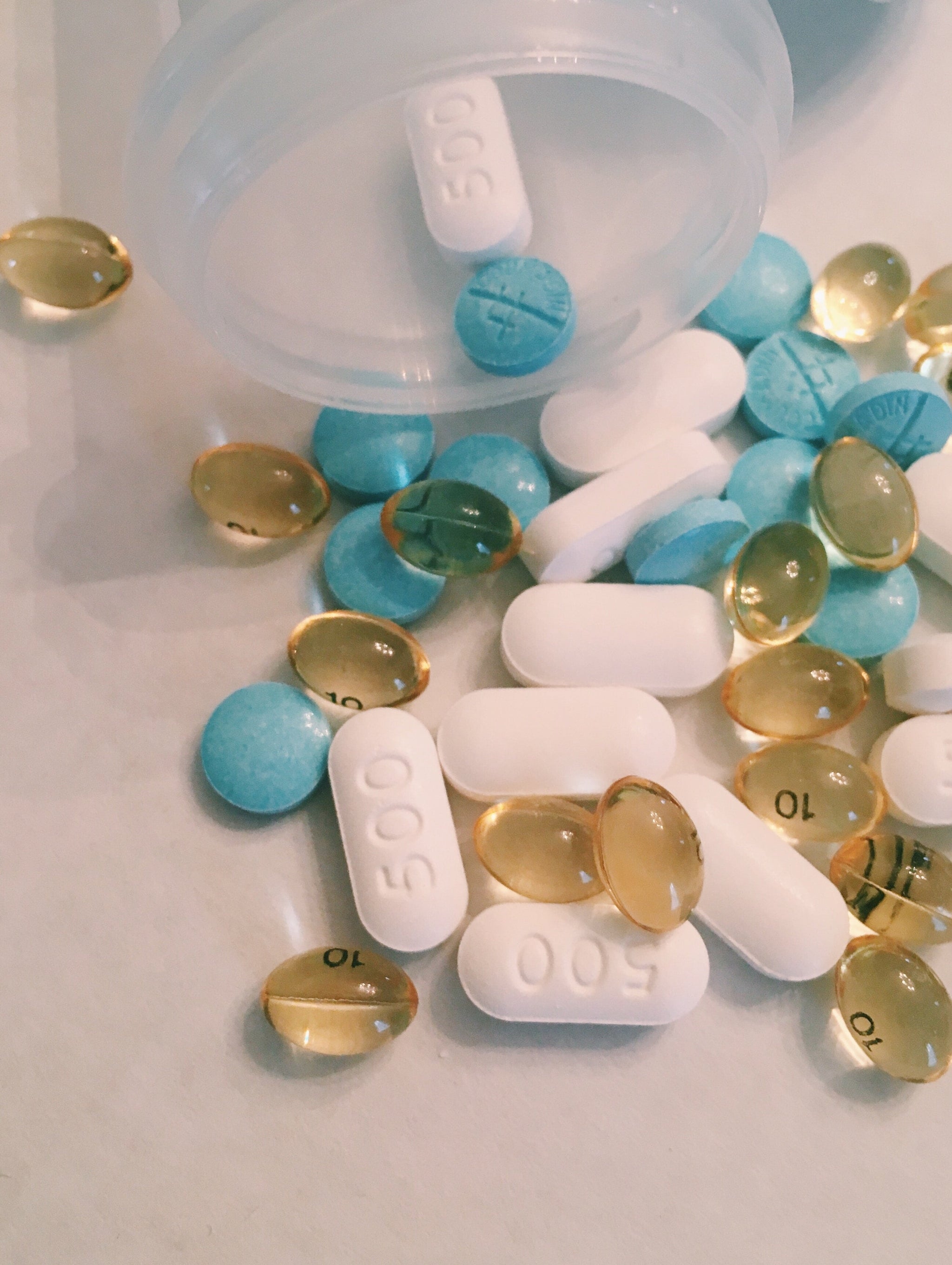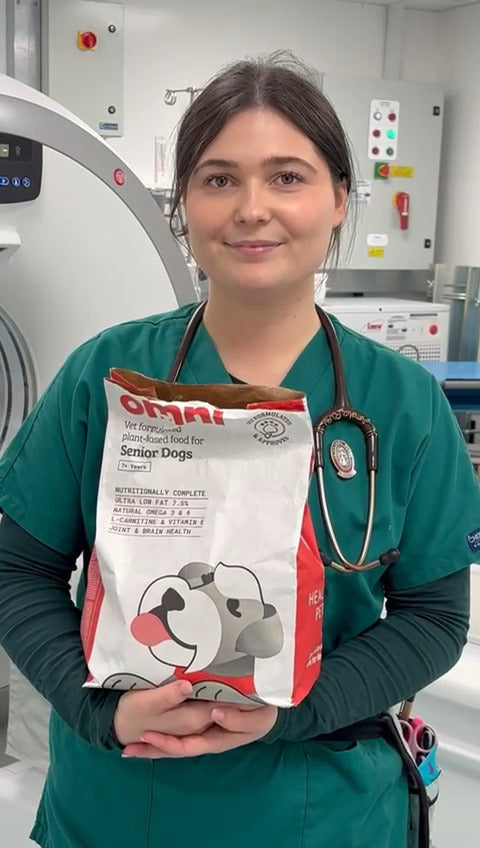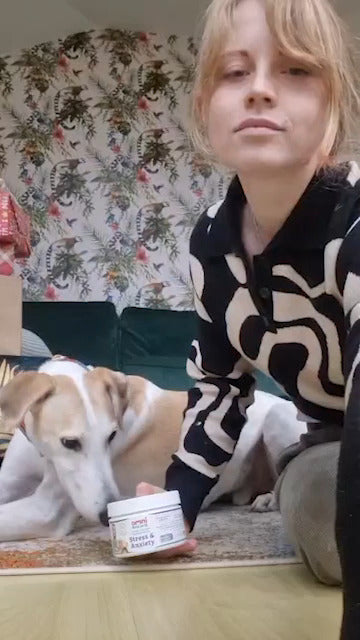Vets Prescribing Rules Changing - Jan 2024

The Royal College of Veterinary Surgeons plan to implement new changes to the way vets prescribe particular medications. We’re going to briefly touch on how this might affect you, as a dog guardian, and how it may change your experience when you next take your pup to the vet.
During the pandemic, vets had to resort to online and remote treatment- prescribing medications which usually required checks. These new changes have been introduced to encourage responsible use of medications, to minimize risk to our animals, the environment and to their guardians.
You will need a consultation and physical examination for anti-parasitic treatments
This is likely to be the biggest change for dog guardians.
Previously flea and worming treatment may have been dispensed at reception, as long as your dog had been checked and weighed recently. The new regulations state that pets must have a physical exam by a vet before medications can be dispensed, even if they have previously used that exact same medication before. If you want to change the type of parasite treatment (perhaps from a spot-on to a tablet), this will require a separate check too.
This is because anti parasite treatments, whilst important to protect both our pets and their guardians from parasites, contribute to contamination and damage of the environment and the natural ecosystem [1]. For this reason, prescriptions need to regulated and dispensed appropriately.
But not to worry! Your vet can still authorize a years worth of prescription after a physical examination (e.g. at the annual vaccination), either to be bought on the spot, or in installments, as long as this is discussed and noted in your medical records at the time.
Remember, there are still antiparasitic products that can be bought over the counter at supermarkets and pet shops without prescriptions- but we would generally advise veterinary products as they undergo more robust testing and can be more effective.
Antibiotics, antifungal and antiviral medications
If your pet has a condition that requires any of these medications, they will need to have a consultation and a physical examination with a vet first. This is because inappropriate or overuse of these drugs (just as in human medicine) pose the risk of developing more resistant bugs (e.g.MRSA) which can infect both animals and humans.
Controlled Drugs
These are stronger, more protected drugs including opioid pain relievers, phenobarbital, ketamine etc. If your dog requires any ‘Controlled Drugs’, again they will require a consultation and physical examination with your vet. Controlled Drugs are usually dispensed for 28 days at a time.
Further prescriptions for the same drug, at the same dosage and frequency and be re-dispensed if deemed appropriate by your vet.
Mutual Clients
If your pets are under the care of more than 1 practice (e.g. you have a clinic you visit when you visit your family elsewhere in the UK), then you should notify both clinics. These clinics should be in communication with each other so that they are up to date with your pet’s full medical history, to ensure they can treat your pet to the best of their abilities.
For more details and the full update, please see the RCVS website.
Any confusions or concerns at all – as always our Vet team are on hand to help, and subscribers to Omni are entitled to unlimited online consults.
[1] https://www.bva.co.uk/news-and-blog/news-article/british-veterinary-association-responds-to-new-research-on-the-environmental-impact-of-small-animal-parasite-treatments/







 85 Great Portland Street, 1st Floor, London, W1W 7LT United Kingdom
85 Great Portland Street, 1st Floor, London, W1W 7LT United Kingdom





